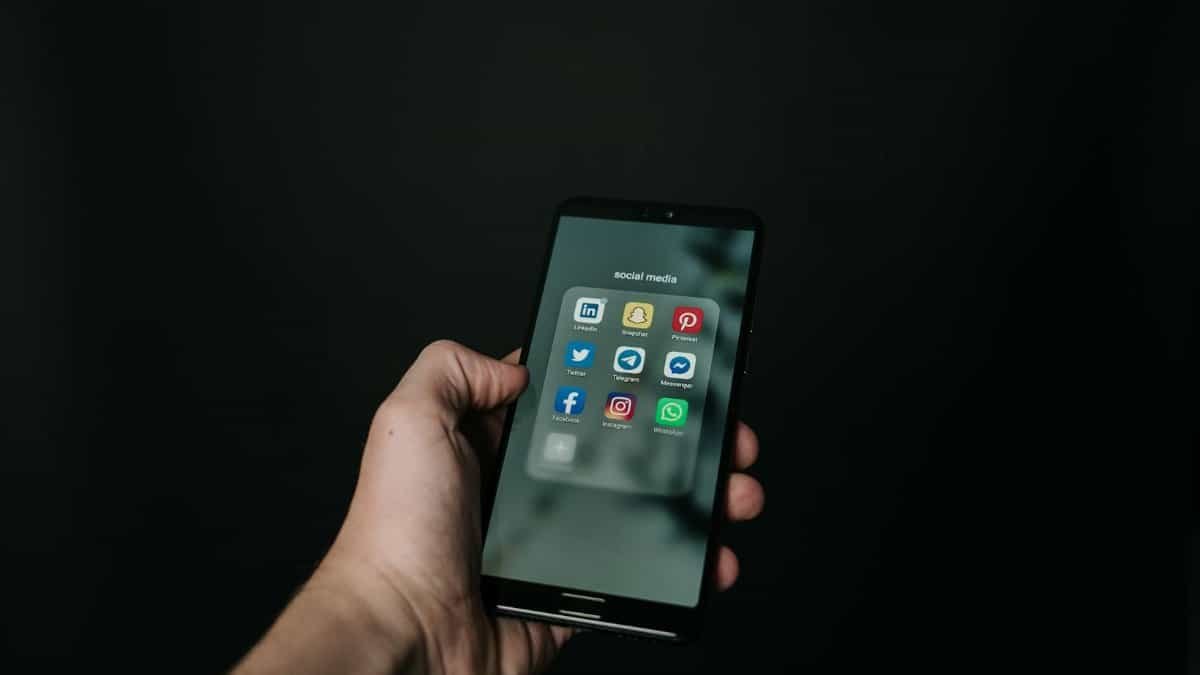Social media’s endless scroll isn’t just killing time—it’s eroding your self-confidence. New data from a Pew Research Center survey reveals that 72% of U.S. adults feel worse about themselves after using platforms like Instagram and TikTok, often comparing their lives to curated highlights. But here’s where presence growth comes in: this emerging practice of mindful self-awareness is helping users reclaim their inner peace. By focusing on the here and now, people are breaking free from the doubt machine. Experts say it’s a quiet revolution against digital noise, and it’s gaining traction fast in 2025.
The Scroll of Self-Doubt

Swipe, like, repeat. That’s the rhythm of social media, but beneath it lurks a subtle trainer in self-doubt. Platforms algorithmically feed users content that highlights others’ successes, vacations, and perfect bodies. This constant comparison isn’t accidental—it’s designed to keep you engaged. A study from the American Psychological Association links heavy social media use to increased anxiety and lower self-esteem. Users report feeling inadequate, questioning their worth based on likes and comments. It’s not just teens; adults are hit hard too, with many logging off only to feel the lingering sting.
Algorithms That Amplify Insecurities

Behind the scenes, social media algorithms are like silent coaches pushing you toward doubt. They prioritize content that evokes strong emotions, often envy or inadequacy. If you linger on a fitness influencer’s post, expect more of the same, reinforcing the idea that you’re not enough. Researchers at Harvard University have documented how these systems exploit psychological vulnerabilities. The result? A feedback loop where your feed becomes a mirror of your fears. Breaking it requires intentional steps, but most users don’t even realize the training is happening.
Presence Growth as the Antidote

Enter presence growth, the practice of cultivating mindful awareness to counter social media’s chaos. It’s about grounding yourself in the present moment, away from digital distractions. Practitioners report reduced self-doubt by focusing on real-life experiences rather than online validations. This isn’t woo-woo; it’s backed by science. A report from the National Institutes of Health highlights how mindfulness techniques, central to presence growth, lower stress hormones and boost emotional resilience. In a world of filters and facades, presence growth offers a path to authentic self-acceptance.
Real Stories from the Front Lines

Take Alex Thompson, a 28-year-old from Chicago. He spent hours on Twitter, doubting his career after seeing peers’ promotions. “It felt like everyone was ahead,” he says. Then he discovered presence growth through a meditation app. By dedicating 10 minutes daily to being present, he silenced the noise. Similar tales abound— a mother in Texas who stopped comparing her parenting to Instagram moms, finding peace in her own routines. These anecdotes show presence growth isn’t abstract; it’s a practical tool for everyday battles against doubt.
The Science Behind the Doubt Machine

Social media trains doubt through dopamine hits and social proof. Each notification releases a rush, but when it fades, insecurity creeps in. Neuroscientists explain this via reward pathways in the brain, similar to addiction. A comprehensive review in the Journal of Abnormal Psychology ties prolonged exposure to depressive symptoms. Yet, presence growth intervenes by rewiring these patterns. Techniques like focused breathing help users observe thoughts without judgment, reducing the power of online comparisons. It’s a science-backed shift from reaction to reflection.
Impact on Mental Health Trends

In 2025, mental health experts are sounding alarms about social media’s role in rising self-doubt rates. The CDC reports a 25% uptick in anxiety disorders among young adults since the pandemic, with digital habits as a key factor. Presence growth is emerging as a counter-trend, promoted in therapy sessions and wellness programs. Organizations like Mental Health America advocate for it, noting its effectiveness in building emotional strength. As more Americans seek balance, this practice could reshape how we interact with technology, prioritizing inner growth over external approval.
Practical Steps to Build Presence

Starting presence growth doesn’t require a retreat. Begin with simple habits: set phone limits, practice daily journaling to note real achievements, or try guided meditations. Apps like Headspace offer modules tailored to combating social media stress. Experts recommend integrating it into routines—pause before scrolling to check in with your emotions. Over time, these steps train your mind to value presence over perfection. Users who adopt them report feeling more grounded, less swayed by the doubt social media peddles.
Challenges in Adopting Change

Not everyone jumps on board easily. The pull of social media is strong, with FOMO keeping users hooked. Presence growth demands discipline, and initial resistance is common—doubts about “wasting time” on mindfulness arise ironically from the same self-questioning. Therapists note that consistency is key; sporadic efforts yield little. Overcoming this involves community support, like online groups focused on digital detox. Despite hurdles, those who persist find it transformative, turning doubt into self-assurance.
Broader Societal Shifts

Social media’s doubt-training isn’t just personal—it’s cultural. It fuels consumerism, as users chase trends to fit in. But presence growth sparks a backlash, encouraging authenticity over aspiration. Influencers are pivoting to real-talk content, sharing failures alongside wins. This shift could redefine online spaces, making them less toxic. In the U.S., movements like #DigitalWellness push for platform reforms, aligning with presence growth principles. As awareness grows, society might prioritize mental presence over virtual prestige.
Looking Ahead Without the Noise

As 2025 unfolds, presence growth stands as a beacon for those weary of social media’s subtle sabotage. It’s not about quitting apps entirely but using them mindfully. With rising adoption, expect more research and tools to support it. Ultimately, peace arrives when you stop running from yourself, as the meta suggests. By embracing presence, users reclaim control, doubting less and living more.
For more on social media’s psychological effects, check out this Pew Research Center report. Insights on mindfulness benefits are detailed in this National Institutes of Health summary.
